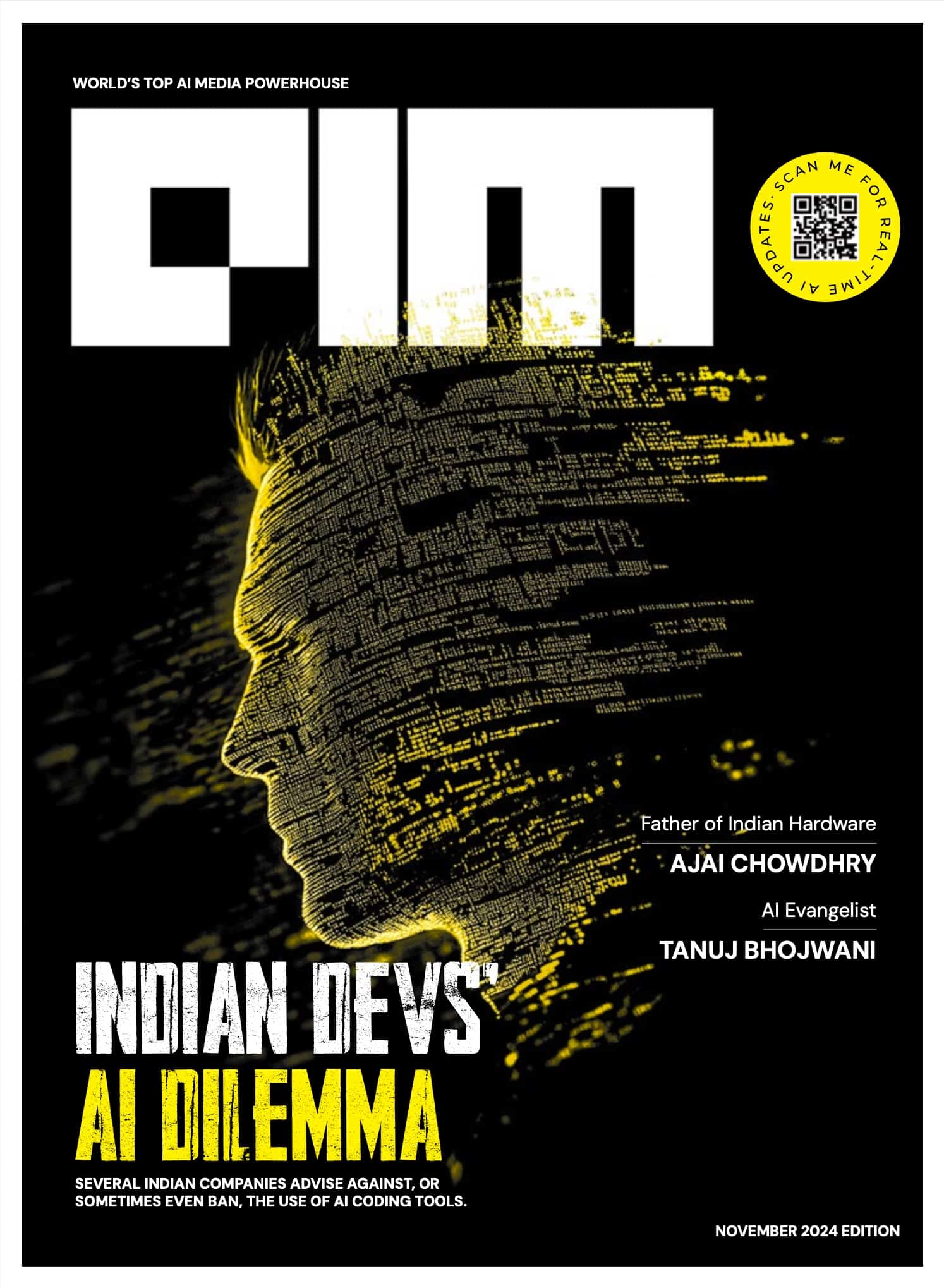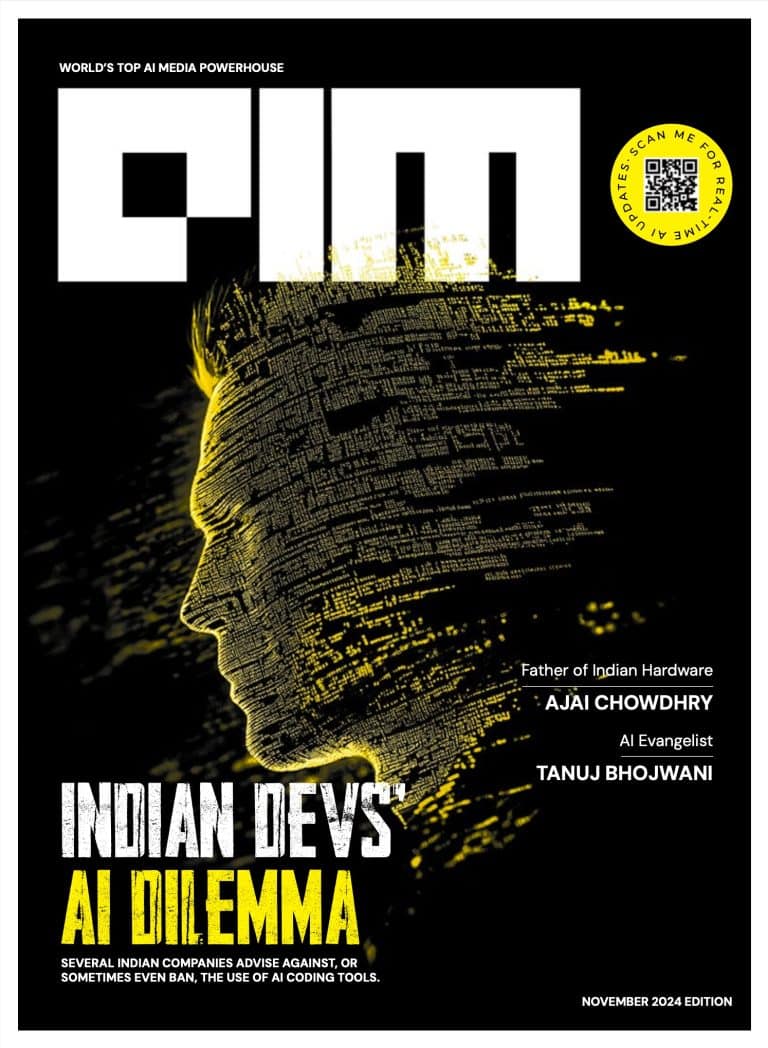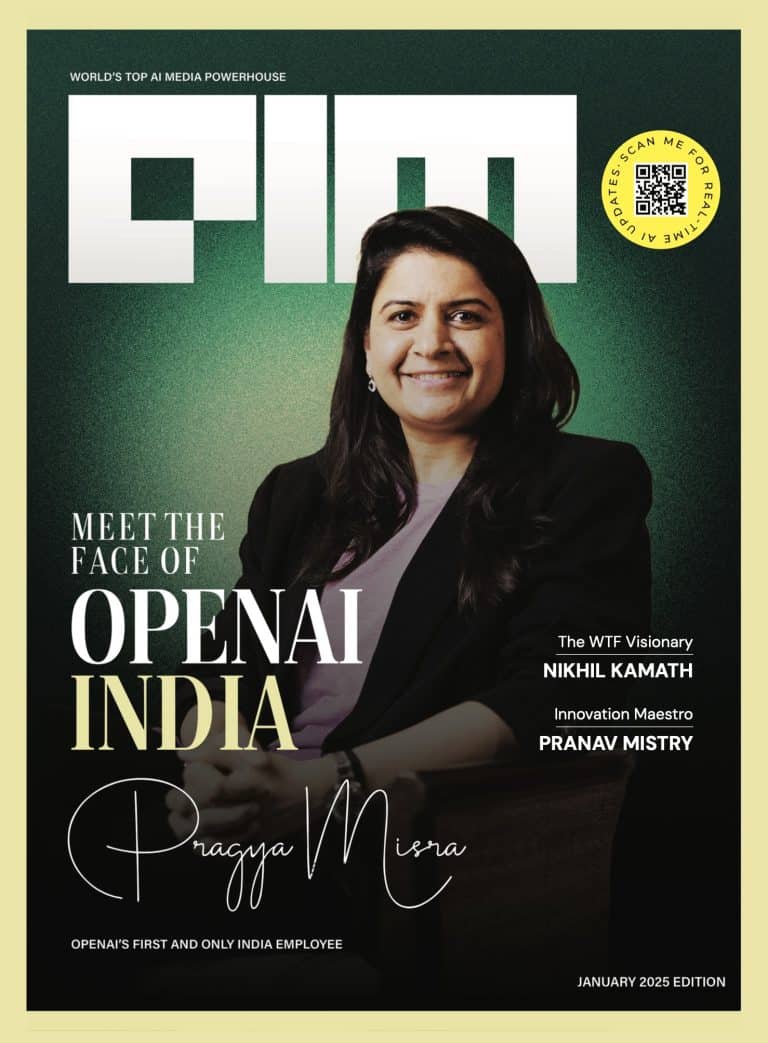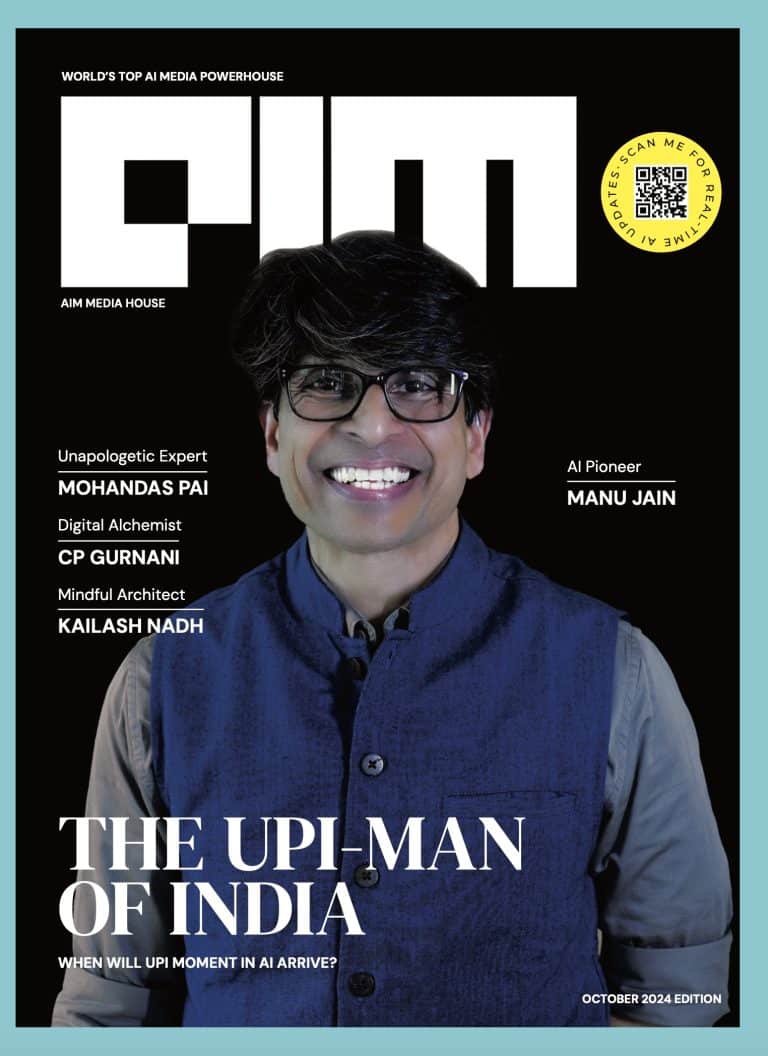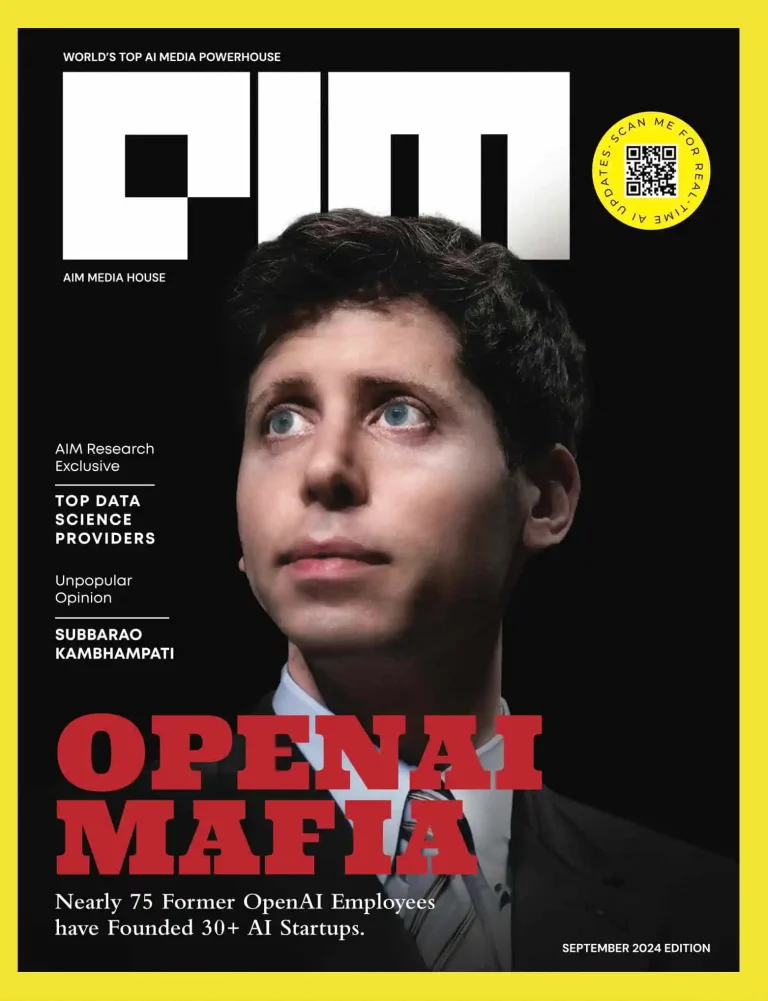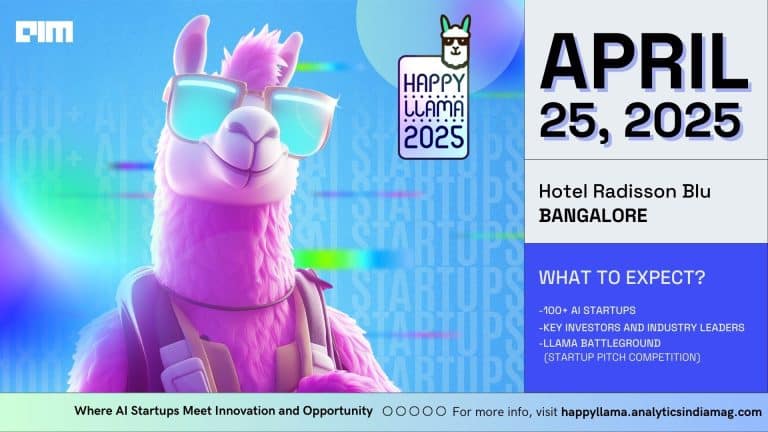The November 2024 edition of AIM Print is a powerhouse of insights, covering some of the most critical developments in AI. From generative AI transforming cybersecurity to the rise of robotics and localized AI innovations in India, this issue is packed with stories of ambition, challenges, and cutting-edge breakthroughs.
Generative AI’s Role in Cybersecurity
The report on the GenAI-powered Cybersecurity Vendor Landscape reveals how generative AI is tackling one of the industry’s biggest challenges: a critical shortage of skilled professionals. With nearly 4 million open cybersecurity roles globally, tools powered by generative AI are stepping in to bridge this gap. Companies like IBM, which pioneered AI in cybersecurity with Watson, are now joined by others leveraging large language models (LLMs) to automate threat detection, simulate attacks, and enhance overall security posture.
AIM Research’s Penetration and Maturity (PeMa) Quadrant highlights key vendors innovating in this space. From AI copilots assisting IT teams to autonomous AI agents monitoring networks, the tools redefining cybersecurity are a testament to the power of combining advanced analytics with automation.
Physical AI: Redefining Robotics in Healthcare
Under NVIDIA’s Jensen Huang, robotics has moved from industrial applications to life-changing healthcare solutions. In this issue, Kimberly Powell, Vice President of Healthcare at NVIDIA, details how tools like NVIDIA Omniverse are enabling breakthroughs such as virtual surgery simulations and AI-powered imaging platforms.
Startups like Atlas Meditech and Moon Surgical are adopting NVIDIA’s MONAI and Clara platforms to design robotic assistants and surgical rehearsal environments. These advancements underscore how Physical AI is revolutionizing patient care and medical training.
Vayu Robotics: Building the Future of Affordable Robotics
In the robotics segment, Vayu Robotics stands out with its innovative approach to creating affordable and safe robots. Co-founded by Mahesh Krishnamurthi, former Apple engineer, along with Anand Gopalan and Nitish Srivastava, the startup focuses on using simulated data to train its robots, significantly cutting costs.
Backed by Khosla Ventures and Lockheed Martin Ventures, Vayu Robotics is not only building intelligent robots but also addressing real-world safety concerns by developing low-mass, low-speed robots designed for urban environments. The company’s first deployment of 2,500 robots across U.S. cities marks a milestone in scalable robotics.
GCCs: India’s Secret Weapon in Healthcare
The issue highlights the critical role of Global Capability Centers (GCCs) in advancing healthcare in India. According to a Nasscom-Zinnov report, GCCs will generate $64.6 billion in export revenue by 2024, employing 1.9 million professionals.
Balasubramanian Sankaranarayanan, CEO of Thryve Digital, explains how GCCs like theirs are cutting operational costs by 20% while driving innovation in drug discovery, diagnostics, and claims processing. With 80 healthcare-focused GCCs employing over 250,000 people in India, these hubs are reshaping global healthcare while showcasing India’s strengths in talent and scalability.
Meta’s Llama 3.1: Empowering Indian Startups
Meta’s Yann LeCun introduced the Llama 3.1 405B model earlier this year, creating a ripple effect across India’s AI ecosystem. Leaders like Nandan Nilekani emphasize that the model’s open-source availability allows Indian startups to build small, localized language models for Indic languages without the high costs of developing LLMs from scratch.
Startups such as Sarvam AI, led by Vivek Raghavan, are using Llama 3.1 to develop efficient, task-specific AI models. Sarvam’s latest creation, Sarvam-1, outperforms several global models in Indic tasks, showcasing the potential of localized innovation.
India’s LLM Dilemma
Despite the buzz around AI, India lags in creating large language models like OpenAI’s GPT-4 or France’s Mistral AI. Mohandas Pai, former CFO of Infosys, argues that this gap stems from a lack of capital and infrastructure. While companies like Krutrim and Sarvam AI are making strides in niche applications, large-scale investments in R&D are necessary to close the gap.
Pai advocates for a government-led innovation fund to support AI development, echoing initiatives like France’s $36 billion fund that powers Mistral AI. Without such support, India risks being limited to smaller, vertical-specific AI models.
The Road Ahead
This issue also delves into the adoption barriers of AI tools like GitHub Copilot and ChatGPT in India, with many developers citing affordability and privacy concerns. Jarvislabs.ai’s Vishnu Subramanian sheds light on the challenges of promoting AI tools in a market where cost-consciousness often stifles adoption.
Amid these hurdles, there’s a silver lining. From NVIDIA’s healthcare robotics to Meta’s push for Indic LLMs, the November 2024 edition of AIM Print highlights how collaboration and innovation are driving AI’s transformative potential in India and beyond.
For those eager to stay at the forefront of AI trends, this edition is a must-read.


